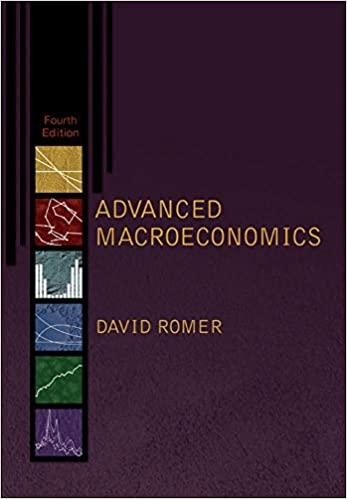10.8. An insider-outsider model. Consider the following variant of the model in equations (10.39)(10.42). The firms profits...
Question:
10.8. An insider-outsider model. Consider the following variant of the model in equations (10.39)–(10.42). The firm’s profits are π = A F (LI + LO) − wI LI −
wO LO, where LI and LO are the numbers of insiders and outsiders the firm hires, and wI and wO are their wages. LI always equals LI , and the insiders’
utility in state i is therefore simply uIi = U(wIi), where U
(•) > 0 and U(•) < 0.
We capture the idea that insiders’ and outsiders’ wages cannot be set independently by assuming that wOi is given by wOi = RwIi , where 0 < R≤ 1.
(a) Think of the firm’s choice variables as wI and LO in each state, with wOi given by wOi = RwIi . Set up the Lagrangian analogous to (10.43) for the firm’s problem of maximizing its expected profits subject to the constraint that the insiders’ expected utility be u0.
(b) What is the first-order condition for LOi? Does the firm choose employment so that the marginal product of labor and the real wage are equal in all states? (Assume there is always an interior solution for LOi .)
(c) What is the first-order condition for wIi? When LOi is higher, is wIi higher, lower, or unchanged? (Continue to assume that there is always an interior solution for LOi .)
Step by Step Answer:







